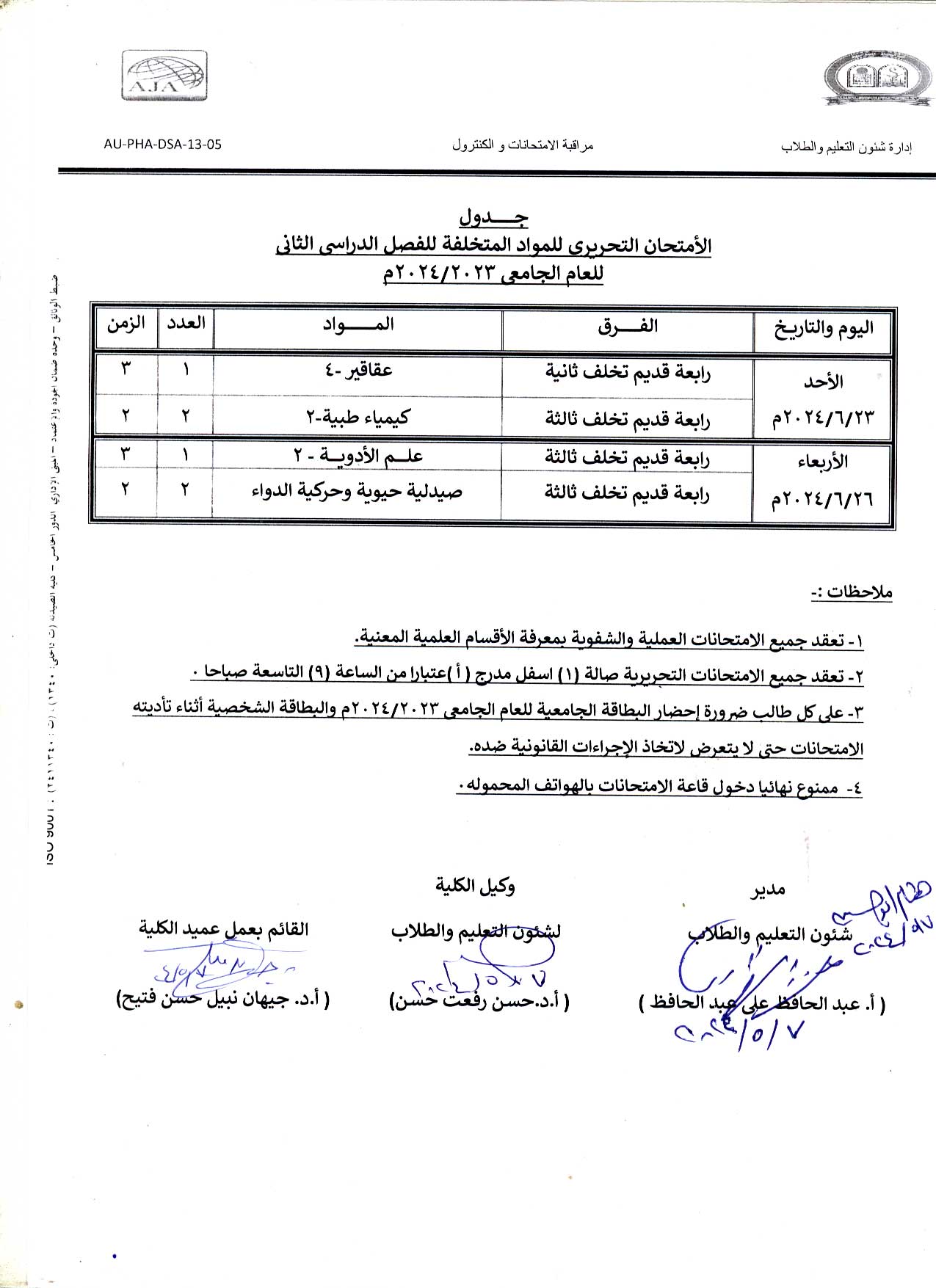Research Abstract
This current study reports, for the first time, on the potent cytotoxicity of (Z)-3-hexenyl-β-D-glucopyranoside, as well as
its cellular and molecular apoptotic mechanisms against Panc1 cancer cells. The cytotoxicity of three compounds, namely
(Z)-3-hexenyl-β-D-glucopyranoside (1), gallic acid (2), and pyrogallol (3), which were isolated from C. rotang leaf, was
investigated against certain cancer and normal cells using the MTT assay. The cellular apoptotic activity and Panc1 cell cycle
impact of compound (1) were examined through flow cytometry analysis and Annexin V-FITC cellular apoptotic assays.
Additionally, RT-PCR was employed to evaluate the effect of compound (1) on the Panc1 apoptotic genes Casp3 and Bax,
as well as the antiapoptotic gene Bcl-2. (Z)-3-hexenyl-β-D-glucopyranoside demonstrated the highest cytotoxic activity
against Panc1 cancer cells, with an IC50
value of 7.6 μM. In comparison, gallic acid exhibited an IC50
value of 21.8 μM, and
pyrogallol showed an IC50
value of 198.2 μM. However, (Z)-3-hexenyl-β-D-glucopyranoside displayed minimal or no significant
cytotoxic activity against HepG2 and MCF7 cancer cells as well as WI-38 normal cells, with IC50
values of 45.8 μM,
108.7 μM, and 194. μM, respectively. (Z)-3-hexenyl-β-D-glucopyranoside (10 μM) was demonstrated to induce cellular
apoptosis and cell growth arrest at the S phase of the cell cycle in Panc1 cells. These findings were supported by RT-PCR
analysis, which revealed the upregulation of apoptotic genes (Casp3 and Bax) and the downregulation of the antiapoptotic
gene Bcl-2. This study emphasizes the significant cellular potency of (Z)-3-hexenyl-β-D-glucopyranoside in specifically
inducing cytotoxicity in Panc1 cells.
Research Authors
Ahmed M. Zaher, Walaa S. Anwar, Makboul A. Makboul, Iman A. M. Abdel‑Rahman












